Secondary Transition Related Resources
This section contains resources related to secondary transition in the following areas:
- Secondary Transition Planning
- Transition Assessment
- Post-School Outcome Goal Statements (PSOGS) & Annual IEP Transition Goals & Objectives
- Self-Advocacy & Self-Determination
- Person-Centered Planning
- Assistive Technology
- Other Connecticut State Agencies
- Additional Secondary Transition Resources
The websites and links from these pages are for informational purposes only and have not been officially approved or endorsed by the Connecticut State Department of Education.

